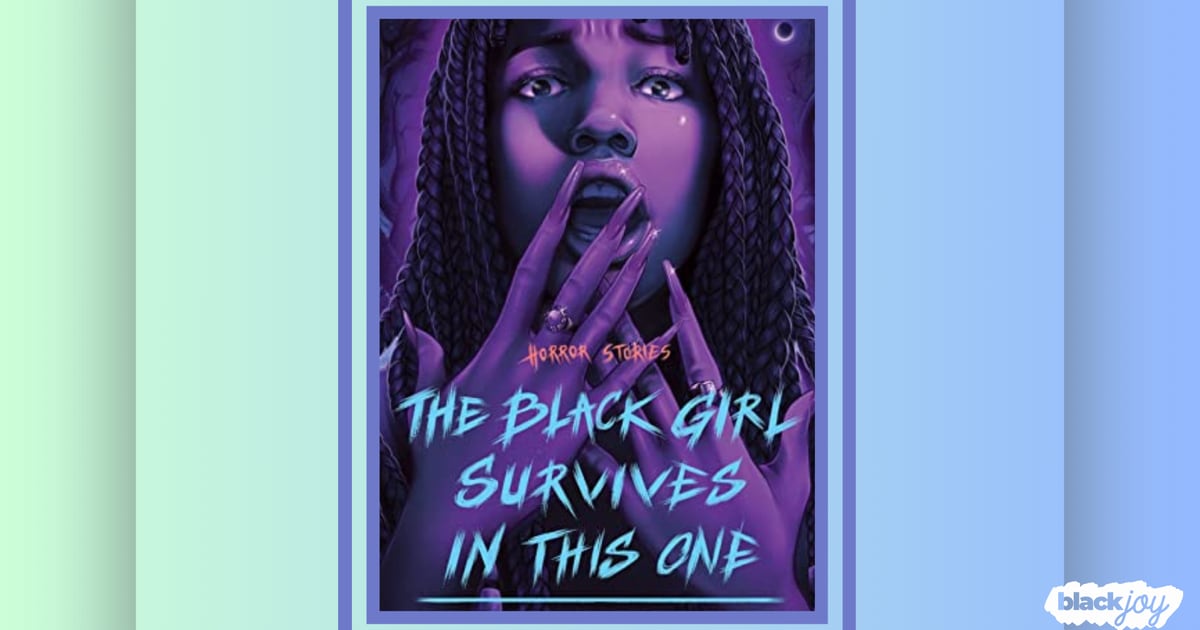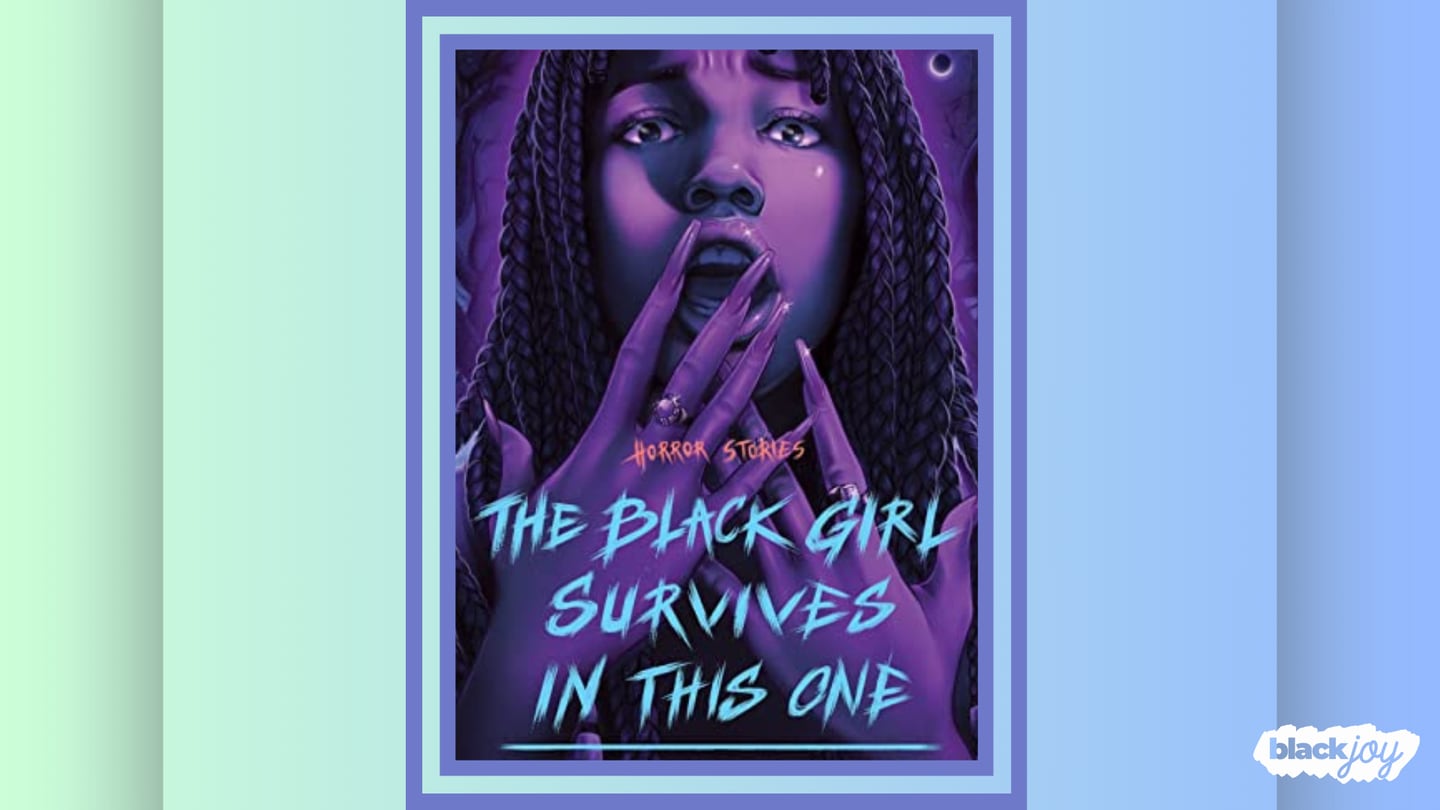

Does the Black person always die first in Horror movies? While there have been attempts to disprove that particular trope, no one can deny the lack of diversity in what are considered “classic” horror films. If Black people were present, they were often relegated to minor roles with little character development. This lack of representation extends beyond the film industry, though. As someone who has been drawn to horror since I was a child, the first books in the genre I read were R.L. Stine’s Goosebumps series. Even when I was able to get my hands on a few other horror books, none of them were written by Black authors.
Desiree Evans, writer and co-editor of the young adult anthology, “The Black Girl Survives in This One” was also drawn to Horror stories. As an introverted and jumpy kid, Evans found safety in the predictability of how these stories ended:
“Horror was a place where I could safely experience fear . . . you know that at least one or two people are going to [survive] . . . So, you’re able to take this journey with these characters and then come out safely.”
When the opportunity to collaborate with her fellow co-editor, Saraciea J. Fennell came about, Evans was immediately on board. “The Black Girl Survives in This One” may seem self-explanatory, but the meaning behind it is far from surface level. Both Evans and Fennell were thinking a lot about who gets to survive and who doesn’t in Horror stories. They were particularly interested in challenging the final girl trope, which is essentially the last woman or girl alive to defeat the monster and triumph at the end.
“You’re able to take this journey with these characters and then come out safely.”
“A lot of these girls in these traditional slasher movies where the trope came from were teenage white girls . . . these [are] powerful young teenage girls fighting back against various systems, they’re assassins, they’re princesses and all that kind of stuff. But there aren’t a lot of Black women in these roles . . . so, this [anthology] played with the idea of us saying there needs to be more Black girls as the heroes in YA fiction who get to actually slay the monsters and demons and survive to the end,” Evan says.
But for Evans, it’s much bigger than Black girls making it to the end of the story in one piece, it’s about what it represents for us on a broader scale. This anthology comes during a time many people regard as a Black Horror renaissance. While Black horror is not a new thing, Jordan Peele brought it mainstream in a way it hadn’t previously been. Particularly with his directorial debut, “Get Out,” we received commentary on the literal horrors of anti-Black racism.
“‘Get Out’ shows our survival in our struggle against white supremacy through this metaphorical lens of actual Black bodies being used by white folks. It’s kind of a slavery metaphor. . . that really set fire to this conversation of ‘what about our stories? Can we tell our stories? Can they matter?’”
“It is healing to be able to imagine our own futures and live sustainably and thrive through all the stuff that is thrown at us.”
Like “Get Out,” “The Black Girl Survives in This One” places Black girls at the center of confronting demons and monsters and spirits while also metaphorically interrogating the horrors of how Blackness and girlhood intersect. We get to survive because we are survivors, and we prove it every day. This is what Evans wants Black women and girls to take away from the anthology.
“We can survive. It is healing to be able to imagine our own futures and live sustainably and thrive through all the stuff that is thrown at us. I think there’s so much joy in that.”
In this anthology, Black Horror meets Black power meets Black joy. The Black girl does survive in this one, but she is seldom alone. Just as it does in the real world, her survival depends on her community and the ancestors who guide her footsteps.
You can purchase “The Black Girl Survives in This One” on the Black Joy Bookshop page.






